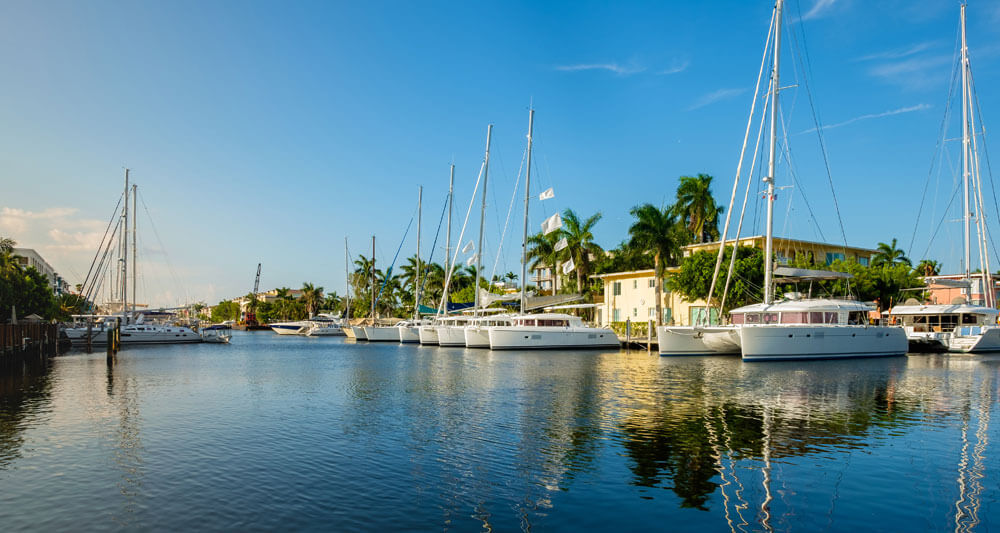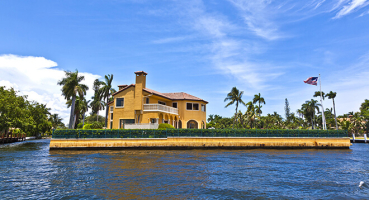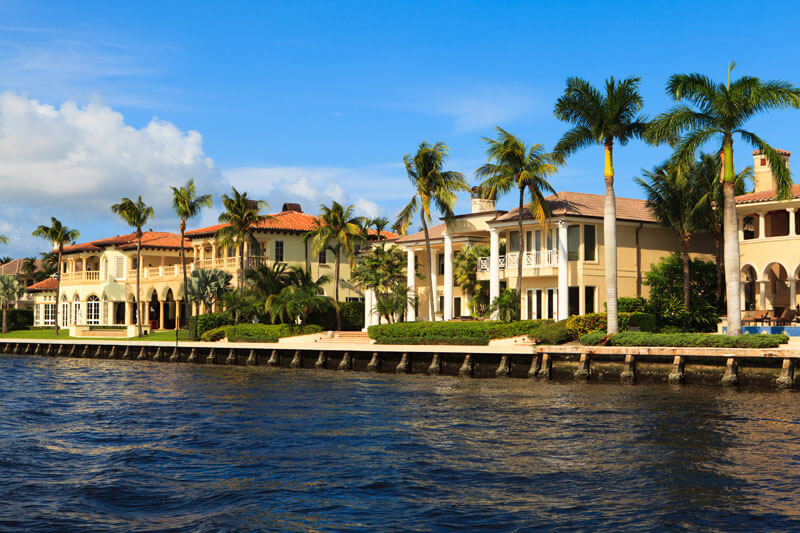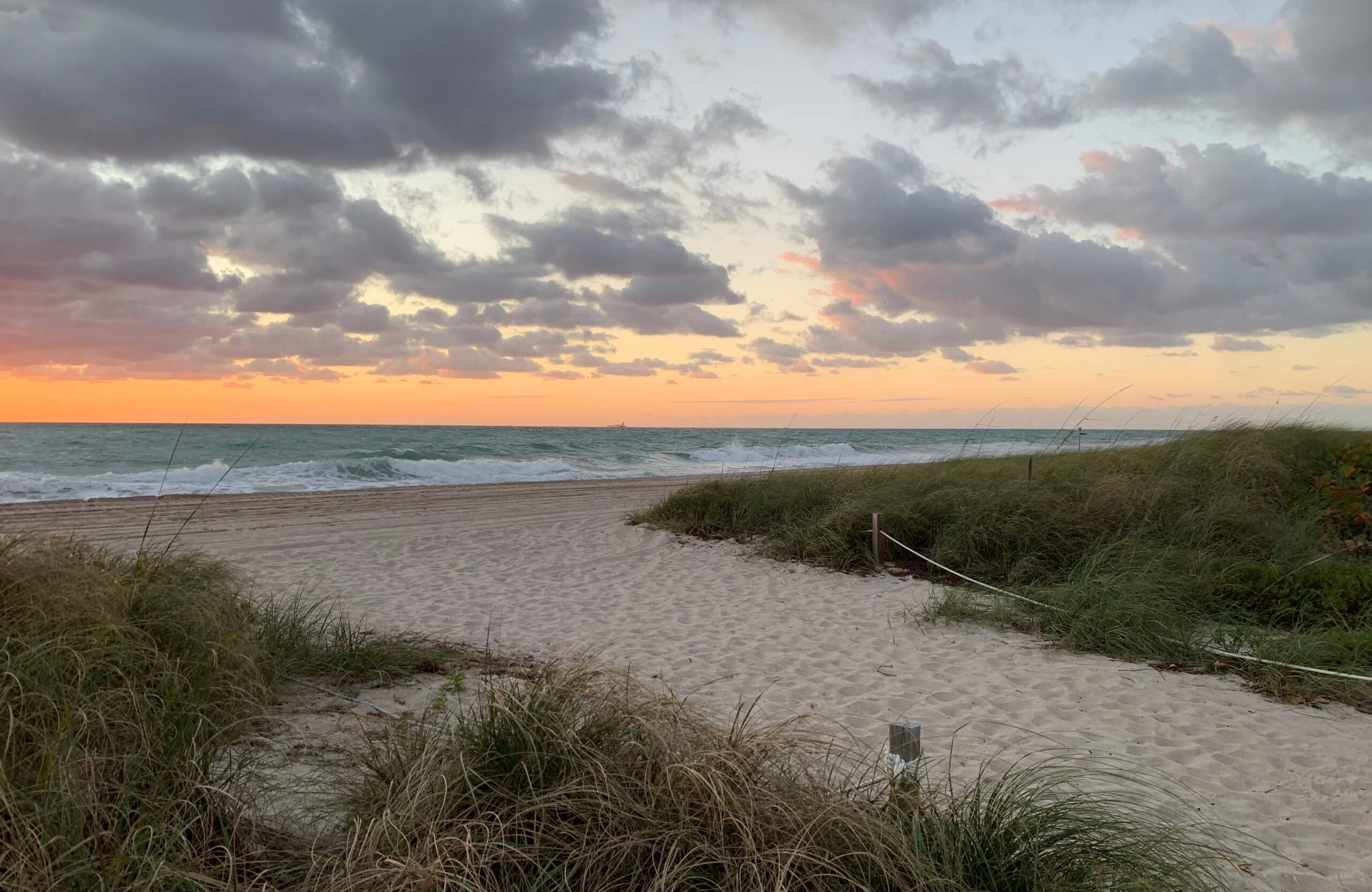Do Green Features Sell Homes?

New construction is ramping up all over the country as our economy strengthens. In some new homes environmentally friendly features are being included as more buyers are going green. For those who are not as concerned about the environment, the cost savings aspect can sometimes be compelling enough. However, if this technology comes at an added premium up front, are buyers willing to part with the extra cash? The reports state it all depends on the actual feature and benefit.
Convenience or “Wow” Factor
Buyers have shown a pattern of splurging for items that they can physically feel or show off to their guests. For example, a media room, upgraded chef’s kitchen or spa-like bath are easier sells while a special boiler are less visible and not appreciated as much.
Green features have proven to fall somewhere in between depending on the benefit. Technology features like an HVAC system controlled by your smartphone have shown that buyers are willing to pony up the cash for these convenient and cost effective items. On the contrary, a unique air purification system tends not to rank so high up on the upgrade wish list.
Cost Savings
Not all of the green features of today offer something particularly “cool” or have a “wow” factor. However, should any of these offerings come with a substantial cost savings due to efficiency, that is where buyers become intrigued.
In some cases these upgrades may not necessarily recoup their expense dollar for dollar as in the case with solar panels or a high tech thermostat. However, these items should be regarded much like a remodeled kitchen or bathroom. They offer an upgrade in function as well as the benefit of everyday efficiency and enjoyment.
New Construction
Developers can face a difficult decision when they are debating the addition of green features to their product. It can be a catchy angle to play up in marketing their homes, but the challenge is educating buyers on the cost-benefit so they can be sure to recoup their added investment.
An experiment was recently done by a Somers, New York developer. They had built similar homes and offered custom finishes per each buyer’s preferences. One option was to go for an upgrade adding a geothermal heating and cooling system. The cost for this was an additional $50,000, but the buyer would receive a $30,000 tax credit from the government. Also, to soften the hit of the expense, the up front cost would be rolled into the mortgage making it even more affordable by spreading it out over the life of the mortgage. Ultimately the buyers would realize the savings with lower their energy bills by a few hundred dollars per month within five years.
The findings showed that half of the buyers had upgraded to this system. Purchases were driven by a personal and financial decision for these buyers. While some had reached their maximum budget, others were not planning on residing in the home long enough to realize the cost benefit.
Green is on the rise
Green living is slowly becoming the new norm with the number of buyers searching for environmentally friendly housing is growing. These buyers are less cost sensitive to the added expense for earth preserving initiatives much like how we have seen with hybrid vehicles. While time goes on the technology becomes more affordable and these type of features become more popular in homes of today.





